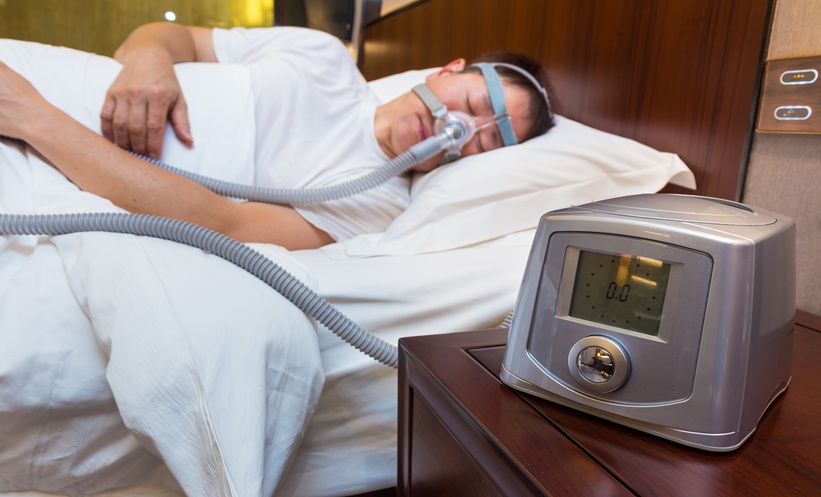BACKGROUND AND AIM
Tracheal stenosis (TS) after long-term artificial lung ventilation remains a problem in the Russian region. In the Urals region during the last 5 years, the rate of TS after long-term artificial lung ventilation was 6.4%. The aim of the study was to find ways to reveal, prevent, and treat TS in the diagnosed patients.
MATERIALS AND METHODS
In order to reveal and treat early alterations, threatening with stenosis development, the authors examined 126 patients also subjected to tracheostomy and prolonged artificial lung ventilation (Group 1). Clinical supervision and a complex of diagnostic facilities (CT scan or MRI and laboratory investigation) were employed. Where some risk symptoms, demonstrated in the results section, were found, subsequent endoscopic treatment was performed. The endoscopic treatment consisted of cryoapplication, granulomatous tissue debridement, and bougienage of the stenotic area. The data of 150 patients with evident symptoms of TS, including emergency cases, were also reviewed (Group 2).1 The method of treatment was chosen in accordance with the clinical variant of the stenosis.1 In initial stages of TS, endoscopic sanation, granulations debridement, and cryotherapy were undertaken. Bougienage was performed in 124 patients. T-tube placement and subsequent reconstructive operations were necessary in 104 cases after the bougienage. In 66 patients, four from Group 1 and 62 from Group 2, circular tracheal resections were performed, including 16 patients who underwent bougienage.
RESULTS
The rate of TS appeared to be 2.5-times higher in cases where sleeve tracheostomy (Bjork tracheostomy) had been performed. The symptoms threatening development of TS were found in Group 1 in 24 patients (19.0%), and were as follows:
- more than two rings damaged;
- intensive growth of granulation tissue;
- cartilage debris in the tracheal lumen;
- inflammation of the tracheal mucous membrane; and
- inflammation and purulent process in the neck wound around the trachea.
In 17 of the patients who had received initial alteration, endoscopic treatment was successful. Bougienage followed by T-tube placement and subsequent reconstructive operations was successful in 93 patients, and 11 are still under treatment. No complications followed these procedures. T-tube and reconstructions became necessary in three patients from Group 1, and in 90 from Group 2. Circular resection of the trachea resulted in recovery in 62 cases. Restenosis after resection developed in two cases and required repeated stenting. Erosion haemorrhage occurred in two patients. All these complications occurred in Group 2. Overall complication and lethality rates were 9.2% and 3.1%, respectively.
CONCLUSIONS
Permanent observation of patients after prolonged tracheostomy is necessary to detect TS in early stages. Comparative data showed that T-tube placement was necessary in 90 patients from Group 2, and only three patients from Group 1. Circular resection of the trachea was performed in four patients from Group 1 and 62 patients from Group 2. Overall, constant supervision and endoscopic treatment undertaken in proper time in patients after long-term artificial lung ventilation in the vast majority results in recovery and avoids urgent situations and heavy surgical interventions.







